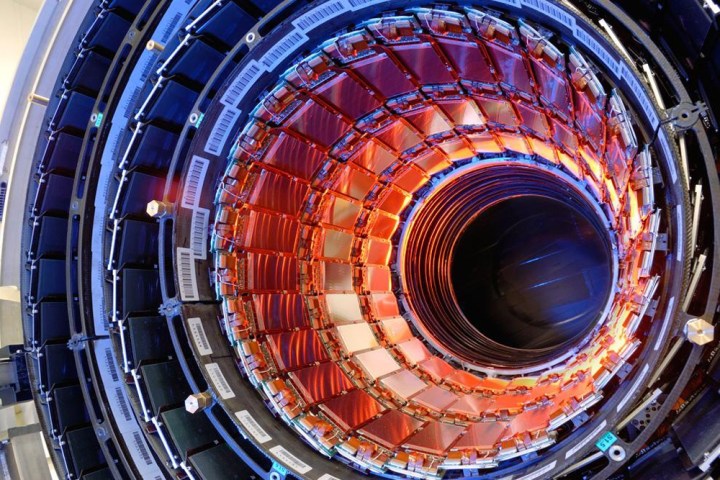
The cause could not be identified when the problem was first observed in the wee hours of Friday morning, so CERN scientists sent a team to investigate. Upon arriving at the source of the electrical issue, repair workers were greeted by a gruesome discovery: the charred remains of a small animal beside a chewed-up power cable.
CERN scientists are not biologists, so the species of the mammal is not known with certainty. While early indications were that it might have been a weasel, official agency documents blame the issue on a marten, a weasel-like creature indigenous to much of Europe and Central Asia.
Martens would make sense as a culprit for damage to the LHC’s power cables. In areas where the marten population is high, these animals have been known to cause damage to cars by gnawing through tubes and cables. There is also a seasonal increase in these incidents in the spring, which is thought to be due to newborn martens exploring their surroundings and figuring out what is edible and what’s not. Note to other baby martens: LHC power cables are not a good source of nutrition.
Repairs to the machine will only take several days, but getting the collider back online is a different story. Getting everything fired up can take weeks, so it might not be until mid-May that the collider is up and running. And that’s bad news, considering important work on data surrounding the Higgs Boson continues. That will now have to wait, as will other scientific experiments.
This is not the first time a shutdown due to animal life has occurred, though. Back in 2009, a baguette that was likely dropped into the collider by a passing bird caused another short circuit. (Apparently, in Switzerland, the birds dine on baguettes.)
The LHC is in the Swiss countryside, so dealing with wildlife is part of the risk. For now, it’s not immediately clear if Swiss animals are plotting a coordinated attack on CERN to prevent humans from unlocking the secrets of the universe. A representative for the local animal population wasn’t available for comment as of press time.


